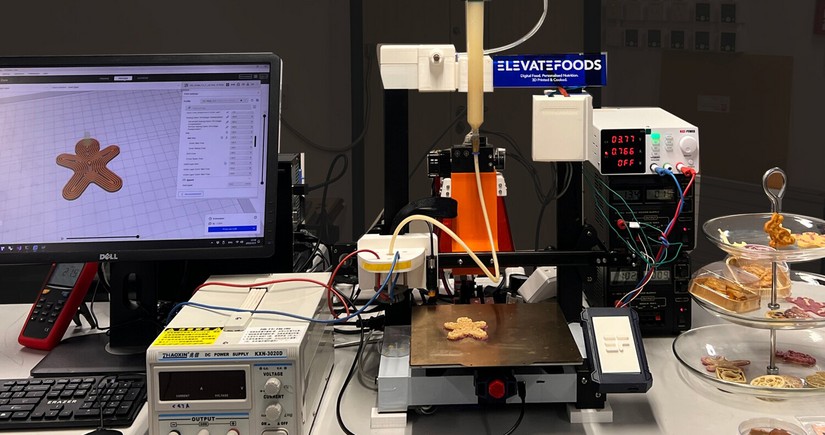Chinese scientists develop 3D printer for ready-to-eat food
- 01 April, 2025
- 08:59

Chinese scientists from the Hong Kong University of Science and Technology (HKUST) have developed an innovative 3D food printing system that combines artificial intelligence (AI) and infrared cooking technology.
According to Report, the study results have been published in the scientific journal Advanced Materials (AdvMat).
The new system addresses key challenges of traditional 3D food printing, such as the need for additional processing, the risk of microbial contamination, and limitations in the complexity of shapes.
By using graphene-based heaters and precise temperature control, researchers have managed to print intricate starch-based products that cook simultaneously during printing, maintaining perfect shape and quality.
A standout feature of this development is the integration of generative AI, which utilizes special algorithms to create complex food patterns.
This technology holds significant promise for personalized nutrition, including specialized diets for patients with dysphagia (swallowing disorders). It could be applied in nursing homes, hospital kitchens, and restaurants, offering new possibilities for culinary creativity.
The scientists’ next steps include optimizing the technology to preserve heat-sensitive vitamins and improve starch digestibility. Additionally, further research will assess consumer perceptions of the technology—an important step toward its commercialization.
